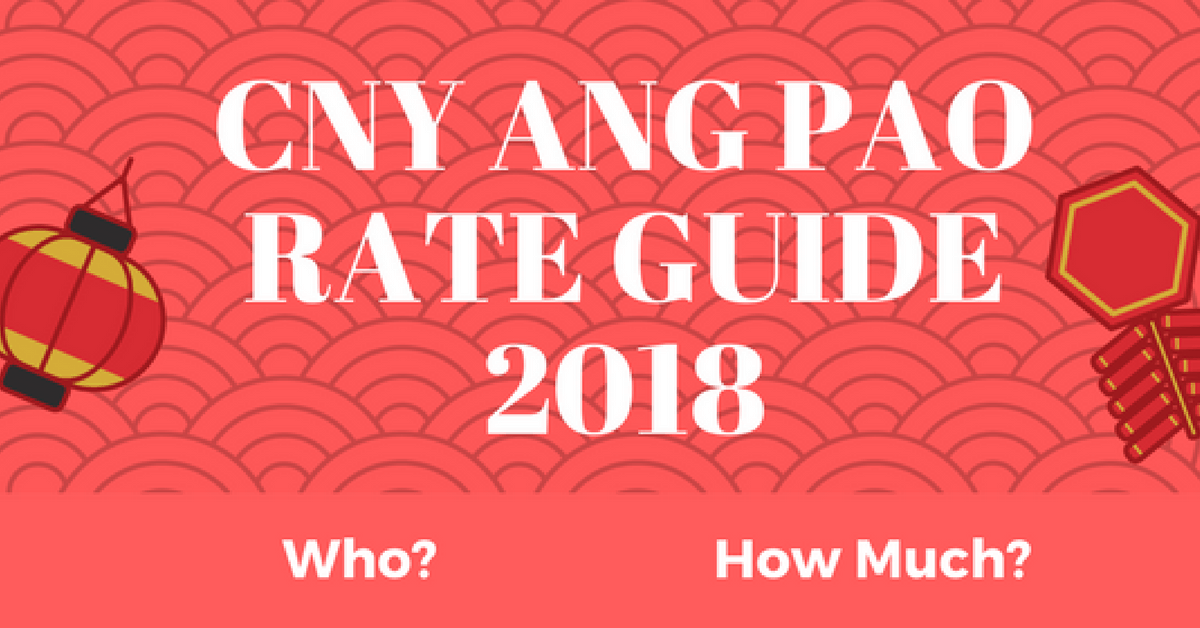Whenever the burning question of what to eat arises, suggestions like crusty Prata, a savoury plate of Maggie Goreng, or just a traditional plate of Nasi Lemak are often tossed up.
More often than not, I’ve found myself paying slightly more than usual for my plate of Maggie Goreng at a Halal certified joint. Don’t get me wrong, I have yet to experience an unpleasant plate of Maggie Goreng, but sometimes I don’t feel like I’m getting my money’s worth.
But does Halal food actually cost more? If so, what’s the reason behind the difference in price between Halal food and non-Halal food?
After hearing similar comments, I set out to see if Halal Certified Food in Singapore is indeed more expensive – and if it’s true – why it usually ends up this way.
Back To Basics: So What Makes Halal Food, ‘Halal’?
‘Halal’ is actually Arabic for permissible; Halal food also takes on the meaning of foods that are of adherence to the Islamic laws, as defined in the Koran.
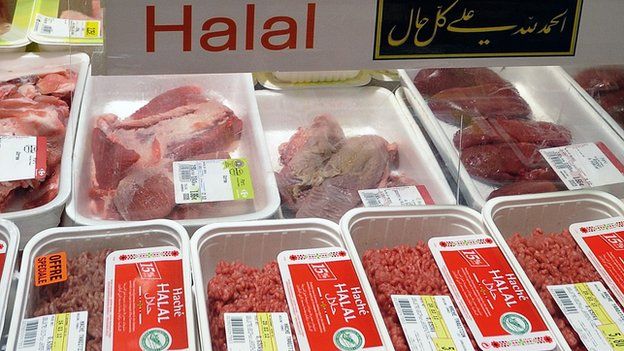
‘Dhabiha’ is the Islamic form of slaughtering animals or poultry, which involves killing through a cut to the windpipe, jugular vein and carotid artery.
In layman’s terms, it translates to a quick cut to a vital point on the neck of the animal. The animal then loses consciousness due to the sudden plunge in blood pressure in the head, with death following soon after. This is done to minimize the suffering of the animal. It is also deemed as the ‘most humane’ way of slaughtering.
Other criteria include ensuring that the animal must be healthy and alive at the time of the slaughter, with all the blood drained from the carcass. During the process, a Muslim would also recite a dedication, known as tasmiya or shahada.
So Why Is A Plate Of Maggie Goreng $4.50?
Simply put, it’s likely due to lower demand volume. Muslim stores in Singapore cater mainly to Muslims, and with a smaller segment of primary customers, prices are elevated to cover expenses.
The Halal certification required to prepare Halal cuisine doesn’t come easy. Though the exact back-end processes are unknown, the recent Geylang Serai bazaar hoo-ha definitely raised an eyebrow amongst the bazaar goers. Since there are financial costs involved to get a stall Halal certified, perhaps the incident surfaced in an attempt to cut cost?
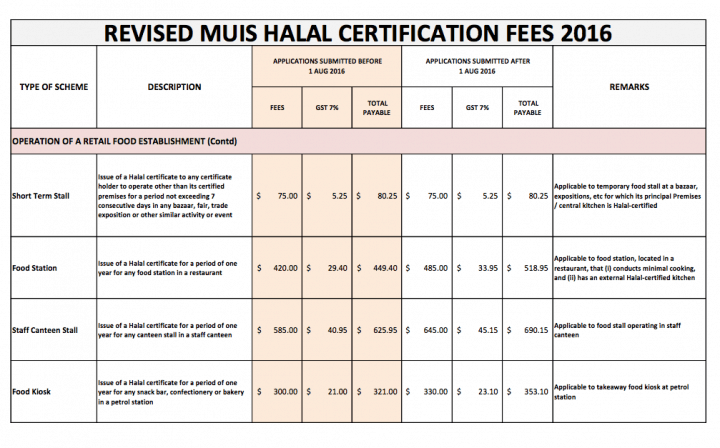
The cost of these food suppliers being Halal certified is being passed down to restaurateurs in the form of a slightly higher ingredient cost, which is then passed on down to the consumers.
My First-Hand Experience
To experience this firsthand, I went on a 3-day all Halal diet (which concluded with a mostly-bread diet due to the scarcity of Halal food).
But with the limited but strictly abided meals I had over the period, the meals did turn out to be a little more pricey.
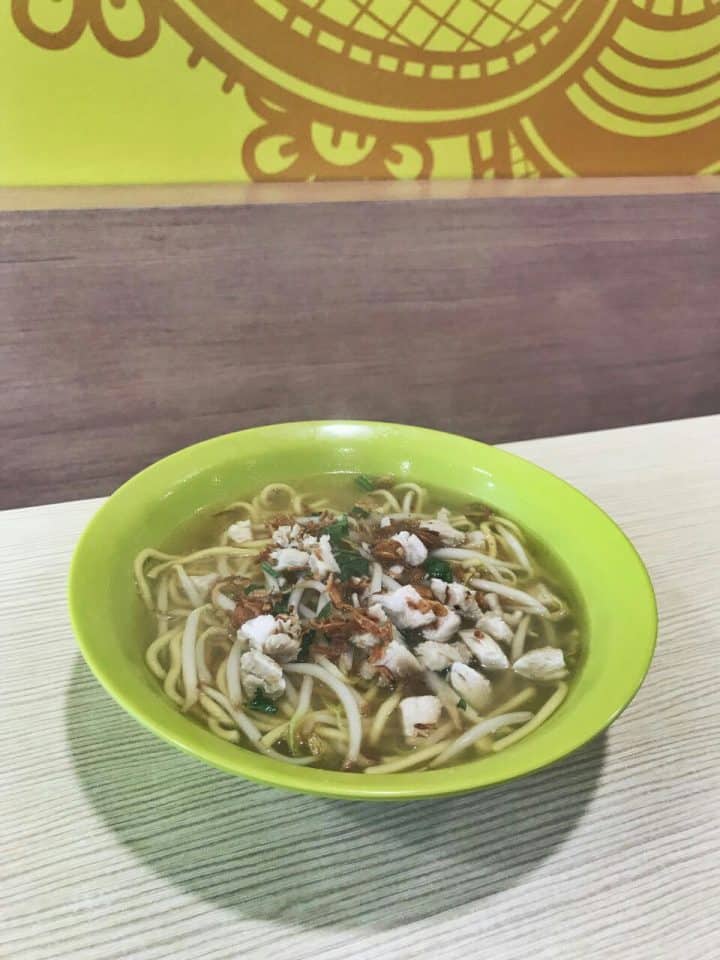
This clear (yet curiously flavourful) bowl of Mee Soto was $4.50.
Now, I’m neither the brightest regarding the market rate for a bowl of Mee Soto, nor a frequent consumer of Halal food, but $4.50 for a serving of yellow noodles garnished with a distinguishable number of chicken cubes seems a little excessive.
The closest comparison to this would be a bowl of fish ball noodle in a coffee shop which would otherwise cost around $3.50 – a $1 margin for food like this is debatable.
The use of rather basic ingredients makes the price questionable, but the wholesome flavour of the soup deserves commendation.
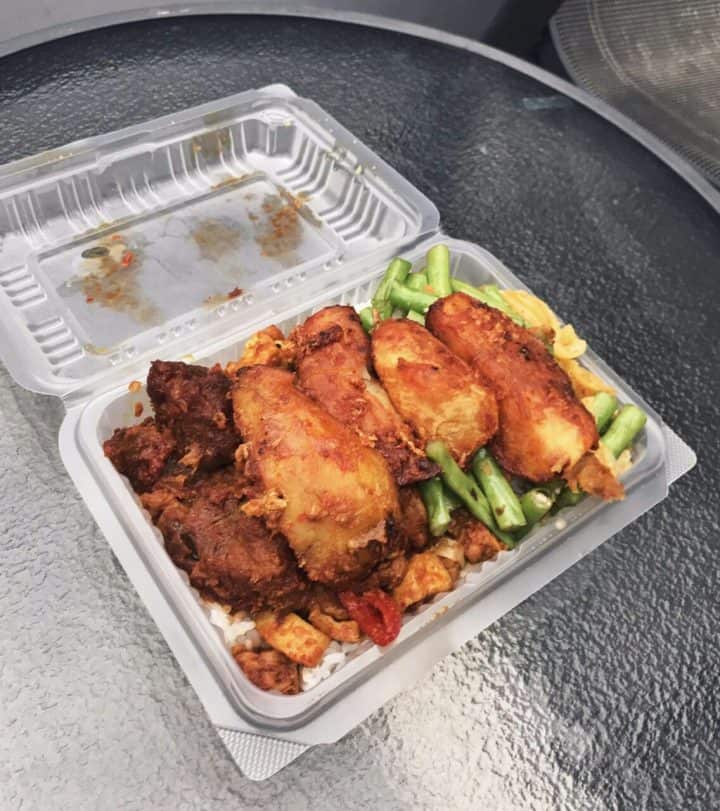
To be completely honest, I was close to cancelling my order when the makcik told me this was $7.40.
Again, perhaps it was the dishes I ordered, but the fact that this serving had only 1 portion of protein despite the price, left me baffled. It could be due to the premium ingredients used, but that wasn’t obviously reflected in the taste of the dish.
Although the box was filled to the brim, the size of the box was negligible.
A similar comparison to the non-Halal version of this would be the all-around economic rice which would rarely cost over $4.
With the 2 examples above and other occasional indulgences in Maggie Goreng, it does seem like the hindsight of ‘Halal’ food translates down to the price point of such cuisines.
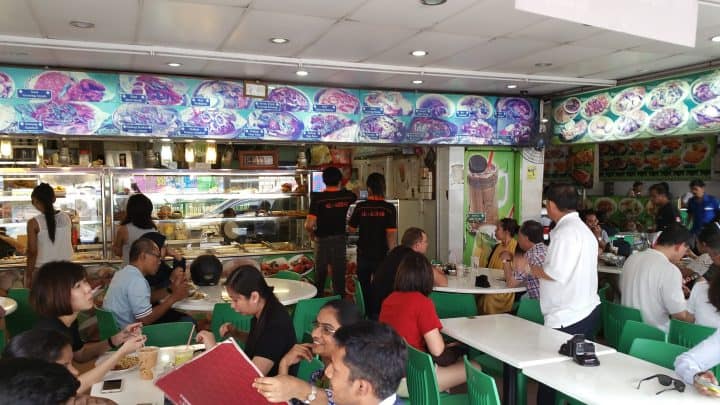
Based on my short-lived experiment, I can definitively say that surviving on Halal food requires you to spend more on average – if you eat out often that is.
But while dining at your favourite Halal-certified outlet may be more expensive than the regular economic rice stall, if that means a savoury plate of Maggi Goreng – I would gladly pay the price.











